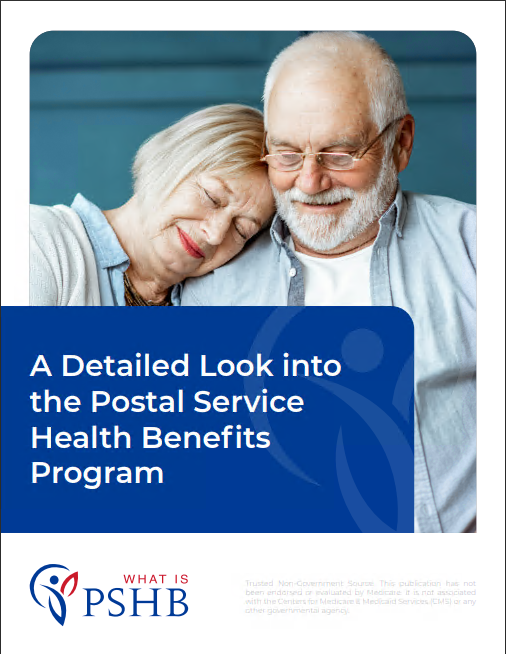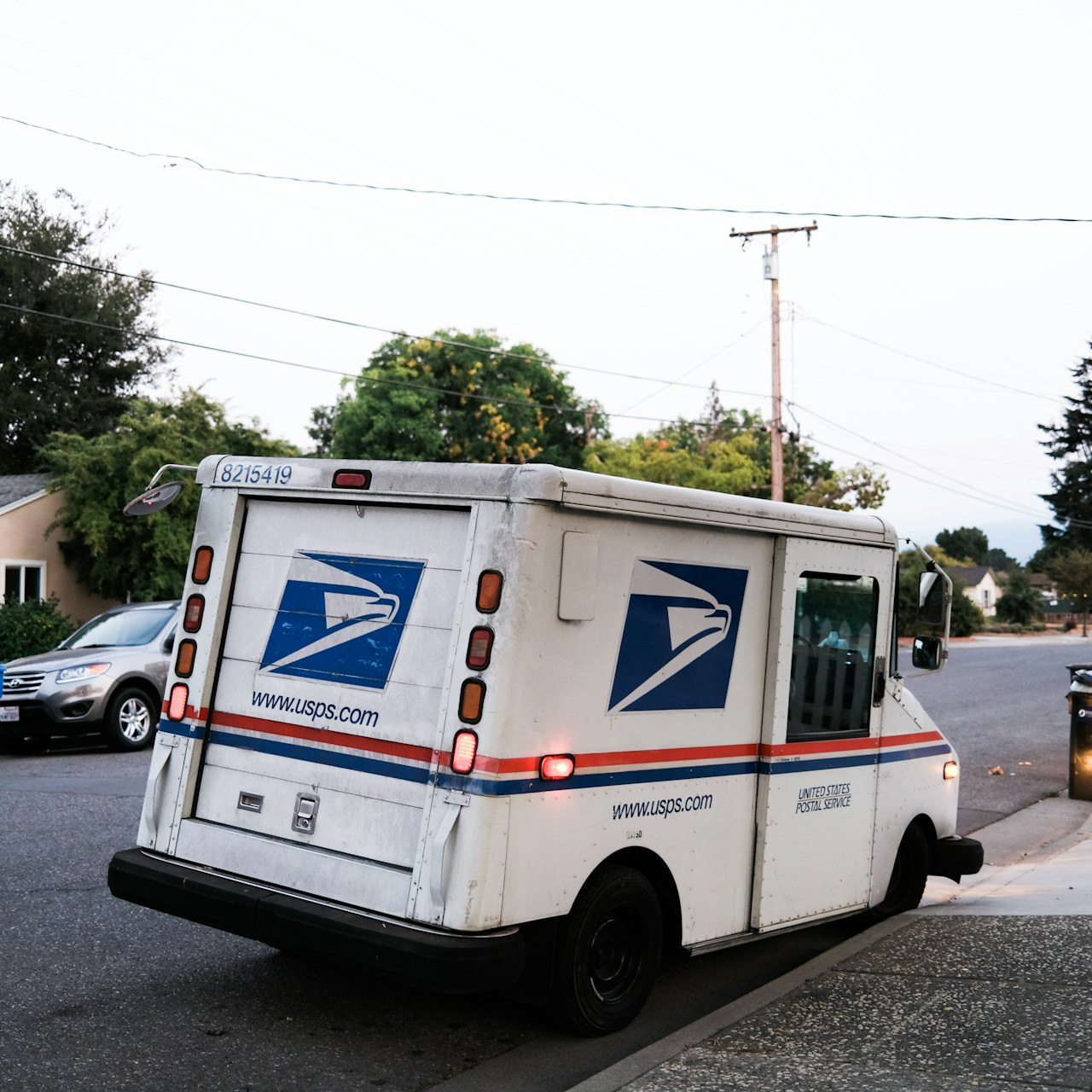Key Takeaways:
- The Postal Service Health Benefits (PSHB) program provides long-term stability and enhanced health coverage for USPS employees, especially as they transition into retirement.
- Understanding the benefits of the PSHB program can help USPS employees make informed decisions about their long-term health security.
Why PSHB Could Offer Long-Term Health Security for USPS Employees
The Postal Service Health Benefits (PSHB) program is a significant development in the landscape of federal health insurance, specifically tailored for employees of the United States Postal Service (USPS). As the USPS transitions away from the Federal Employees Health Benefits (FEHB) program to the newly established PSHB, it is crucial for USPS employees to understand the potential long-term health security this program offers. The shift is more than just an administrative change; it represents a critical evolution in ensuring that USPS employees, both current and retired, have access to comprehensive and sustainable health care coverage.
The Transition from FEHB to PSHB: What Does It Mean for USPS Employees?
The transition from the FEHB program to the PSHB program marks a significant shift in how health benefits are managed for USPS employees. This change is designed to create a more specialized and potentially more cost-effective health care system for postal workers. The PSHB program, set to launch in 2025, will be tailored specifically to the needs of USPS employees, offering a more focused approach to their health care needs compared to the broader FEHB program.
One of the key differences between the FEHB and PSHB programs is that the latter is designed exclusively for USPS employees and retirees. This specialization allows for the development of health plans that are better aligned with the specific health needs and work-related risks of postal workers. Furthermore, the PSHB program is expected to include provisions that are more attuned to the financial realities of USPS employees, potentially leading to more affordable premiums and out-of-pocket costs.
How Does PSHB Enhance Long-Term Health Security?
The PSHB program is poised to enhance long-term health security for USPS employees in several ways. Firstly, by creating a health insurance program specifically for postal workers, the PSHB program can better address the unique health risks associated with the profession, such as musculoskeletal issues and other job-related health conditions. Tailored coverage means that USPS employees are more likely to have access to the specific types of care they need, reducing the risk of inadequate coverage.
Moreover, the PSHB program is structured to provide continuity of care as employees transition into retirement. Unlike the FEHB program, where retirees must actively choose to continue their coverage, the PSHB program will automatically enroll retirees who were part of the program while employed. This automatic continuation of coverage helps ensure that retirees maintain their health insurance without the risk of gaps in coverage during the critical retirement phase.
Additionally, the PSHB program’s alignment with Medicare is another factor that bolsters long-term health security for USPS employees. Retirees who are eligible for Medicare will find that the PSHB plans are designed to complement their Medicare coverage, potentially reducing their out-of-pocket costs and ensuring a more comprehensive coverage package. This integration with Medicare can provide significant financial relief and enhance the overall health security of USPS retirees.
What Are the Expected Benefits of PSHB for Retirees?
For retirees, the PSHB program offers several anticipated benefits that could make a significant difference in their post-retirement health care experience. One of the primary advantages is the aforementioned automatic enrollment in the PSHB program upon retirement. This feature reduces the administrative burden on retirees and helps ensure that there are no lapses in coverage.
Another expected benefit is the cost-effectiveness of the PSHB program. While specific pricing details are yet to be fully disclosed, the program’s design suggests that it will offer competitive premiums and out-of-pocket costs compared to the FEHB program. Given that health care costs can be a significant concern for retirees on a fixed income, the affordability of the PSHB program could be a crucial factor in its favor.
Furthermore, the PSHB program’s coordination with Medicare is likely to result in enhanced coverage options for retirees. By complementing Medicare benefits, the PSHB program can provide a more comprehensive health care package, covering a broader range of services and potentially reducing the need for supplemental insurance. This coordination can be particularly beneficial for retirees who require ongoing medical care or have chronic health conditions.
How Does PSHB Address Health Coverage Gaps?
One of the critical challenges in any health insurance program is addressing potential coverage gaps that could leave employees vulnerable to unexpected health care costs. The PSHB program is designed with several features that aim to minimize these gaps and provide more robust coverage for USPS employees.
First, the PSHB program’s tailored approach means that it can offer more comprehensive coverage for conditions that are prevalent among postal workers. For example, USPS employees who develop musculoskeletal disorders due to the physical demands of their job can expect more targeted coverage for these conditions under the PSHB program. This focus on job-related health risks helps to ensure that employees are not left without coverage for the specific health issues they are most likely to face.
Second, the PSHB program’s automatic enrollment for retirees helps to eliminate the risk of coverage gaps during the transition from employment to retirement. This feature is particularly important for those who may not be fully aware of the steps needed to maintain their health insurance coverage after leaving the workforce. By automatically continuing coverage, the PSHB program helps to ensure that retirees do not experience a lapse in their health insurance during a vulnerable time.
Finally, the integration with Medicare provides an additional layer of protection against coverage gaps. For retirees who are eligible for Medicare, the PSHB program is designed to work in tandem with their Medicare coverage, filling in the gaps and ensuring that they have access to a full range of health care services. This coordination between PSHB and Medicare can help retirees avoid the need for additional, potentially expensive, supplemental insurance plans.
The Role of PSHB in Promoting Preventive Care
Preventive care is a critical component of long-term health security, as it helps to identify and address potential health issues before they become more serious. The PSHB program is expected to place a strong emphasis on preventive care, ensuring that USPS employees and retirees have access to the screenings, vaccinations, and other preventive services they need to stay healthy.
By promoting preventive care, the PSHB program can help to reduce the overall cost of health care for both employees and retirees. Early detection of health issues can lead to more effective and less expensive treatments, ultimately lowering the financial burden on the insured individuals. Moreover, by focusing on preventive care, the PSHB program can contribute to a healthier workforce, reducing absenteeism and improving overall productivity.
Preventive care is particularly important for retirees, who may be at greater risk for certain health conditions as they age. The PSHB program’s emphasis on preventive services means that retirees can take proactive steps to maintain their health and well-being, potentially avoiding more serious health issues down the line. This focus on prevention is a key aspect of the PSHB program’s long-term health security strategy.
What USPS Employees Need to Know About the PSHB Program
As the USPS prepares to transition to the PSHB program, it is essential for employees to be informed about the changes and how they will be affected. Understanding the benefits and structure of the PSHB program can help employees make informed decisions about their health care coverage, both during their employment and in retirement.
Employees should be aware that the PSHB program is designed to provide comprehensive coverage that is tailored to their specific needs as postal workers. This means that the health plans available through the PSHB program will likely offer more targeted benefits compared to the broader FEHB program. Additionally, the automatic enrollment in the PSHB program for retirees helps to ensure that employees do not lose their health coverage when they retire.
It is also important for employees to understand the implications of the PSHB program’s integration with Medicare. For those who are nearing retirement age, knowing how their PSHB coverage will work alongside Medicare can help them plan for their future health care needs. By taking the time to understand these aspects of the PSHB program, USPS employees can better prepare for a secure and healthy retirement.
Why PSHB Is a Critical Development for USPS Employees
The introduction of the PSHB program represents a significant development in the health care landscape for USPS employees. By providing a specialized health insurance program that is tailored to the unique needs of postal workers, the PSHB program offers the potential for enhanced long-term health security. This new program not only addresses the specific health risks associated with the USPS profession but also provides a seamless transition into retirement, ensuring that employees maintain their health coverage without interruption.
Furthermore, the PSHB program’s focus on preventive care and its coordination with Medicare highlight its potential to offer comprehensive and cost-effective coverage for both current employees and retirees. As the USPS prepares to implement the PSHB program, it is crucial for employees to stay informed about the changes and take advantage of the benefits this new program offers.
Looking Ahead: The Future of Health Security for USPS Employees
As USPS employees and retirees navigate the transition to the PSHB program, it is essential to recognize the long-term benefits that this new health insurance system offers. The PSHB program is designed to provide tailored, comprehensive coverage that addresses the specific health needs of postal workers, ensuring that they have access to the care they need throughout their careers and into retirement.
By focusing on preventive care, coordinating with Medicare, and providing seamless coverage during the transition to retirement, the PSHB program represents a critical advancement in the health security of USPS employees. As the program is fully implemented, it will be important for USPS employees to stay informed and take full advantage of the benefits that the PSHB program offers, ensuring their long-term health and well-being.
Contact Information:
Email: [email protected]
Phone: 2065551234









